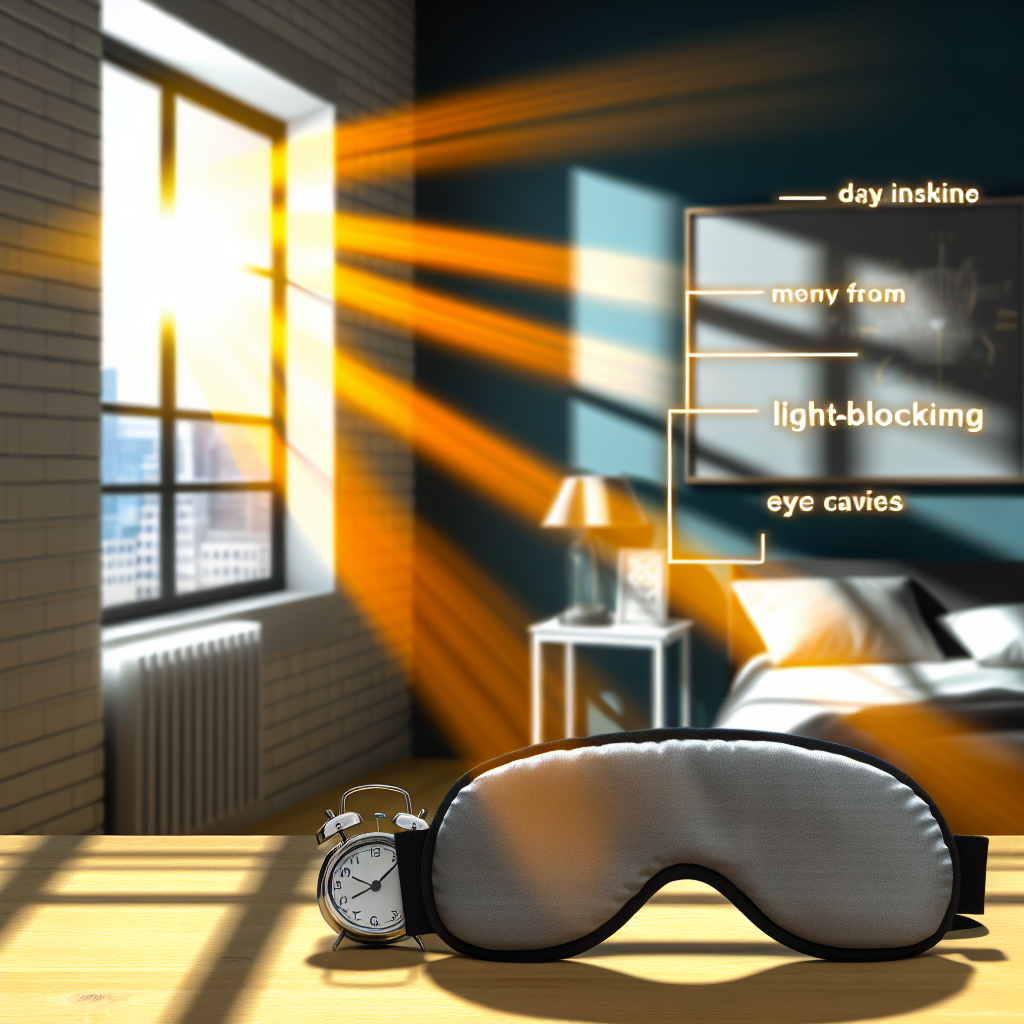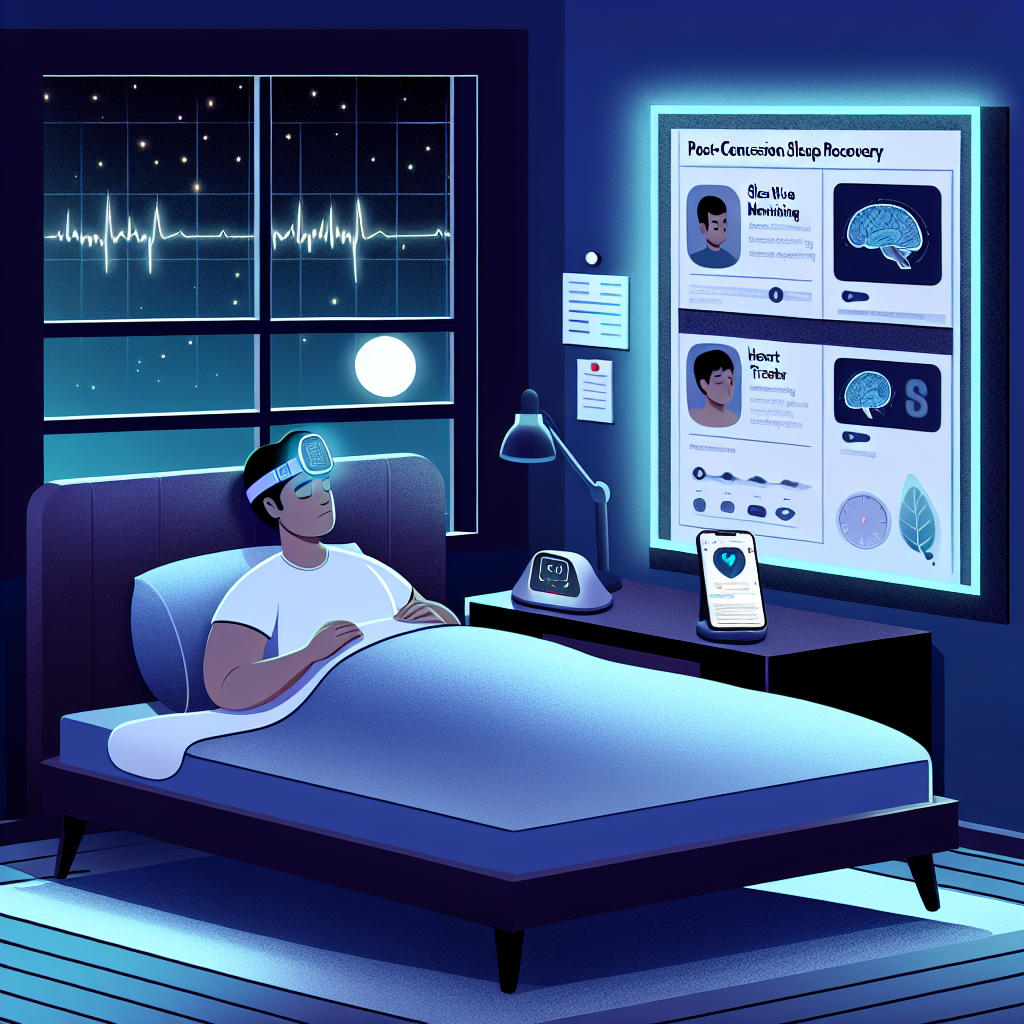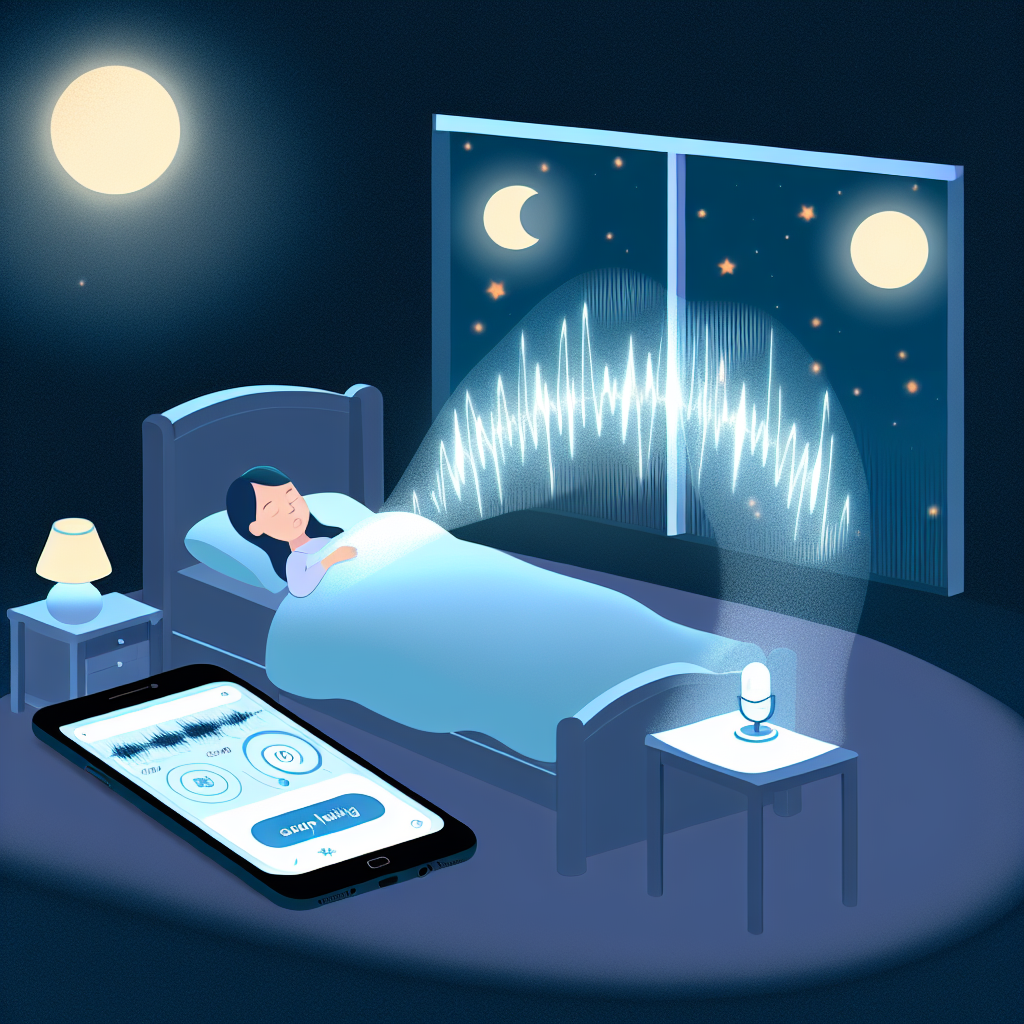Shift Worker Sleep Solution – Advanced Light-Blocking Mask for Daytime Rest
Introduction
In a world that never sleeps, millions of shift workers — including healthcare professionals, airline staff, factory operators, and emergency responders — play a crucial role in maintaining society’s continuous operations. These individuals often work during the night and attempt to sleep during the day, going directly against the body’s natural circadian rhythm.
One of the primary challenges faced by these workers is achieving restorative daytime sleep. Daylight exposure following a night shift can suppress the production of melatonin, the hormone responsible for inducing sleep. This makes it harder to fall and stay asleep, resulting in poor-quality rest. Over time, this leads to chronic fatigue, decreased mental clarity, mood changes, and a higher risk of serious health conditions such as cardiovascular disease and metabolic disorders.
One of the most effective tools for improving sleep during daylight hours is the use of an advanced light-blocking sleep mask. Unlike traditional lightweight fabric eye masks, today’s sleep masks are developed with scientific precision to block 100% of light, ensure ergonomic comfort, and promote optimal sleep hygiene.
This article explores the science behind the sleep issues faced by shift workers, showcases the features of modern sleep masks, and evaluates scientific research that supports their use. For those working unconventional hours, an advanced sleep mask is more than just a convenience — it’s a scientifically-backed necessity for better health and performance.
Features and Scientific Evidence
Modern light-blocking masks serve a greater purpose than simply darkening your visual environment. They are essential for managing circadian rhythm disruption — a biological misalignment caused by shift work.
A groundbreaking study in the journal Nature and Science of Sleep revealed that minimizing light exposure through sleep masks greatly increased melatonin levels, thereby improving total sleep duration, sleep efficiency, and overall subjective sleep quality among shift workers. In essence, creating a darkened sleep environment helps mimic nighttime conditions, enabling the body to produce melatonin naturally.
The Journal of Clinical Sleep Medicine echoed these findings, reporting that using both sleep masks and earplugs in noisy, brightly lit environments led to deeper sleep stages noted in EEG monitoring. These tools significantly benefit workers in high-stress, high-noise industries such as aviation, healthcare, and emergency response.
But not all sleep masks perform equally. The latest developments in ergonomic sleep mask design include:
– Memory foam padding that molds to individual facial contours
– Zero-pressure eye cavities that allow rapid eye movement (REM) without irritation
– Fully adjustable headbands for a customized fit
– Breathable, temperature-regulating fabrics to prevent overheating during sleep
These enhancements go beyond aesthetics to provide real therapeutic value by reducing discomfort and minimizing interruptions to REM cycles.
A study in the Journal of Sleep Research found significant improvements in cognitive performance and reaction time among shift workers using blackout masks and curtains. This is especially essential for job roles demanding peak mental clarity and fast decision-making.
Additionally, some advanced masks incorporate blue-light blocking technology to reduce exposure to artificial light, particularly from screens — a known melatonin suppressor. In tandem with apps, glasses, and ambient filters, these features enhance pre-sleep relaxation and neurochemical readiness for rest.
New models also offer integrated sensory enhancements like aromatherapy and soothing audio, catering to users who benefit from calming multisensory stimuli when trying to unwind.
In conclusion, these masks are medically endorsed tools that contribute not just to better sleep, but to improved workplace safety, alertness, mood stabilization, and long-term health preservation.
Conclusion
Getting quality sleep during the daytime is a constant struggle for anyone on an overnight or rotating work schedule. A misaligned circadian rhythm, combined with environmental noise and daylight exposure, creates a perfect storm for restless, unproductive sleep.
However, science and innovation have produced highly effective solutions in the form of advanced light-blocking sleep masks. These devices help boost natural melatonin levels, deepen sleep cycles, and protect mental clarity, enabling shift workers to perform better and stay healthier in the long run.
For night-shift nurses, airline pilots, or late-night customer service reps, investing in a high-quality sleep mask is a small yet powerful step toward better well-being and job performance. At Medoze, we believe quality sleep shouldn’t depend on your schedule. With the proper tools, especially a scientifically-designed sleep mask, rejuvenating rest is not just possible — it’s inevitable.
Concise Summary
Millions of shift workers struggle to get quality sleep during the day due to circadian rhythm disruptions and light exposure. Advanced light-blocking sleep masks offer a proven, science-backed solution to this problem. These masks enhance melatonin production, improve sleep quality, and promote mental clarity and physical health. With features like memory foam, REM-friendly contours, and blue-light blocking technology, modern sleep masks are vital tools for improving sleep hygiene and performance in noisy, bright environments. Backed by reputable medical studies, these masks are essential for anyone whose job demands awake nights and restful days.
References
4. Åkerstedt, T. (2003). Shift work and disturbed sleep/wakefulness. Occupational Medicine.

Dominic E. is a passionate filmmaker navigating the exciting intersection of art and science. By day, he delves into the complexities of the human body as a full-time medical writer, meticulously translating intricate medical concepts into accessible and engaging narratives. By night, he explores the boundless realm of cinematic storytelling, crafting narratives that evoke emotion and challenge perspectives.
Film Student and Full-time Medical Writer for ContentVendor.com




